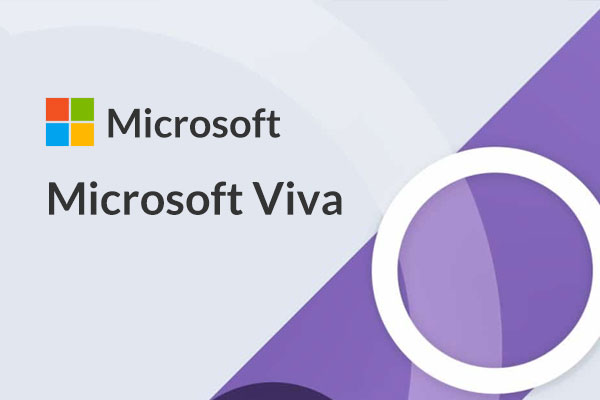Dan Hawtrey
Dan Hawtrey – CEO Dan has worked on intranets since 1997 as an intranet and knowledge manager at Johnson & Johnson. He moved from the
Dan Hawtrey – CEO Dan has worked on intranets since 1997 as an intranet and knowledge manager at Johnson & Johnson. He moved from the
Olga Sherbakova – Operations Director Olga works tirelessly – often behind the scenes – to ensure projects run smoothly, risks are anticipated and mitigated, and
Joe Perry: Technical Director Joe oversees the technical delivery of all our projects. He works closely with our UX consultants and clients to understand requirements
John Scott: UX Director John joined CF in 2006 and worked his way up the ranks. He brings a deep knowledge of SharePoint intranets matched

In this post we explore the three new Viva modules: Viva Engage, Viva Goals and Viva Sales, looking at what they do and the value that they could bring to business.

In this post we discuss the ten key takeaways from our recent adoption and change management (ACM) webinar.
Book in a live demo with us to discuss your project and find out more about our services, solutions and how we can add value to your digital workplace. Simply fill out the form and pick a time and date in our calendar.
Alternatively, if you have a question and would like more information about Content Formula, please visit our contact us page.
We look forward to meeting you.
We use cookies to give you the best experience on our site. By continuing to use our website, you are agreeing to our use of cookies. To find more about the cookies, please see our cookie notice.
You can also read our privacy policy.